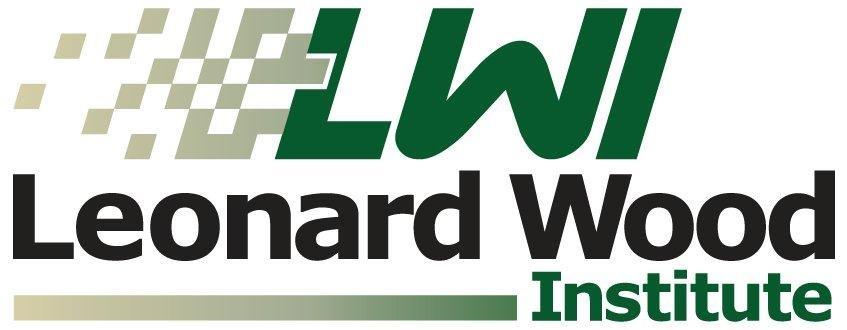The Leonard Wood Institute, or “LWI”, is a tax-exempt, non-profit research organization focused primarily on fulfilling the technology needs of the U. S. Army Maneuver Support Center of Excellence (MSCoE) and Fort Leonard Wood (FLW), Missouri and improving the technology base of the region. LWI was originally created to enable and manage collaborative and innovative efforts to assist in developing solutions that meet Army requirements, primarily focused on the Force Modernization missions associated with MSCoE, by connecting the expertise of private sector researchers and small, technology producing companies with identified Army needs. Through its Sustainable Ozarks Partnership (SOP) subsidiary, LWI is also focused on strengthening the quality of life and communities in the FLW region, and works to help retain or enhance missions on FLW. LWI’s support of Fort Leonard Wood and MSCoE are governed by a Memorandum of Understanding (MOU). The MOU defines how the Army, LWI and its partners cooperate in research, experimentation, technology exploration, product development, and instructional support. Additionally, LWI has previously used multiple long-term Cooperative Agreements (CA) with the U.S. Army Research Laboratory (ARL), Human Research and Engineering Directorate ARL-HRED to select, fund and manage several hundred research projects intended to address Army interests.
LWI is responsible for:
- Over 200 Army and Defense-related research projects
- Execution of projects with Joint Services/other agency projects – Navy and JIEDDO, DOE, AMRDEC, ARDEC, ERDC CRREL, NSRDEC, NVESD & TARDEC
- Nationwide effort to find best qualified researchers – recipients concentrated in Missouri, but have reached from California to New York, Alabama to Ohio
- Numerous technology advances for military and commercial application
- Early-stage research projects in support of the SBIR/STTR program
- Military Utility Assessments (MUAs) conducted by the Army for promising project outcomes
- Applied research projects that have gone on to commercialization
- Collaboration with large and small defense businesses, HBCUs and other institutions of higher education, non-profits & federal entities such as ARL HRED, ERDC, USMA ORCEN, Naval Post Graduate School & National Secure Manufacturing (DOE)
examples of capability improvement success include:
- Detection of IED & CBRN threats
- 3-D Stereovision for use with robot platforms to provide fine manipulation performance
- Human Systems Integration training & certification
- Manpower and Personnel Integration (MANPRINT) upgrades
- Ceramic armor geometry survivability improvements
- Suicide prevention training and PTSD detection
- Environmental systems in support of contingency bases

